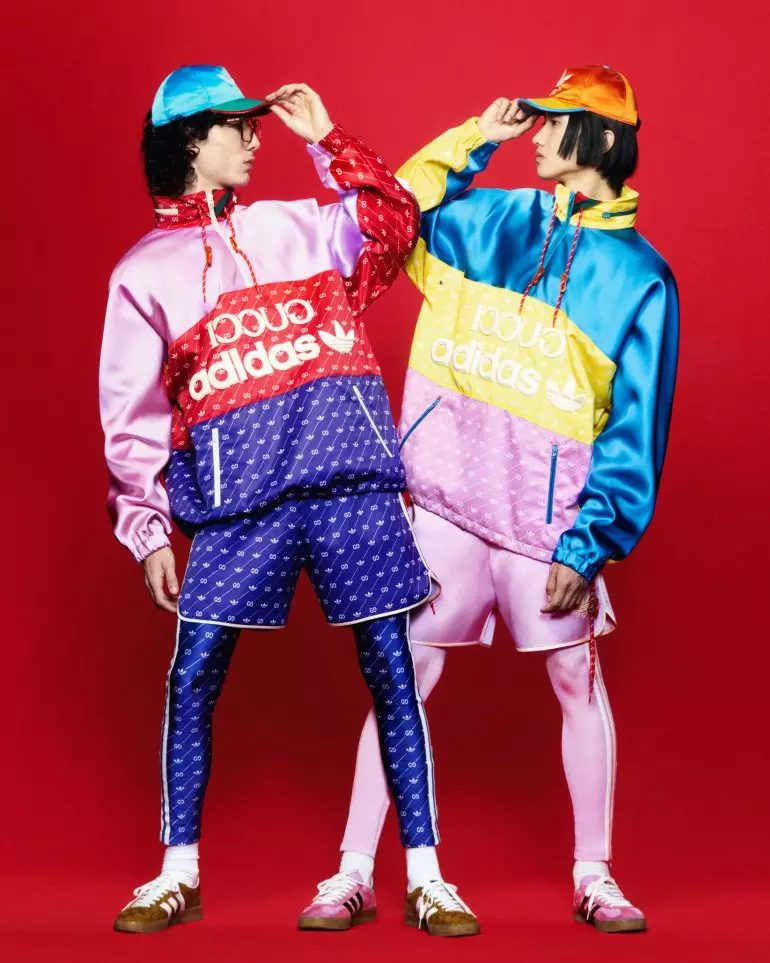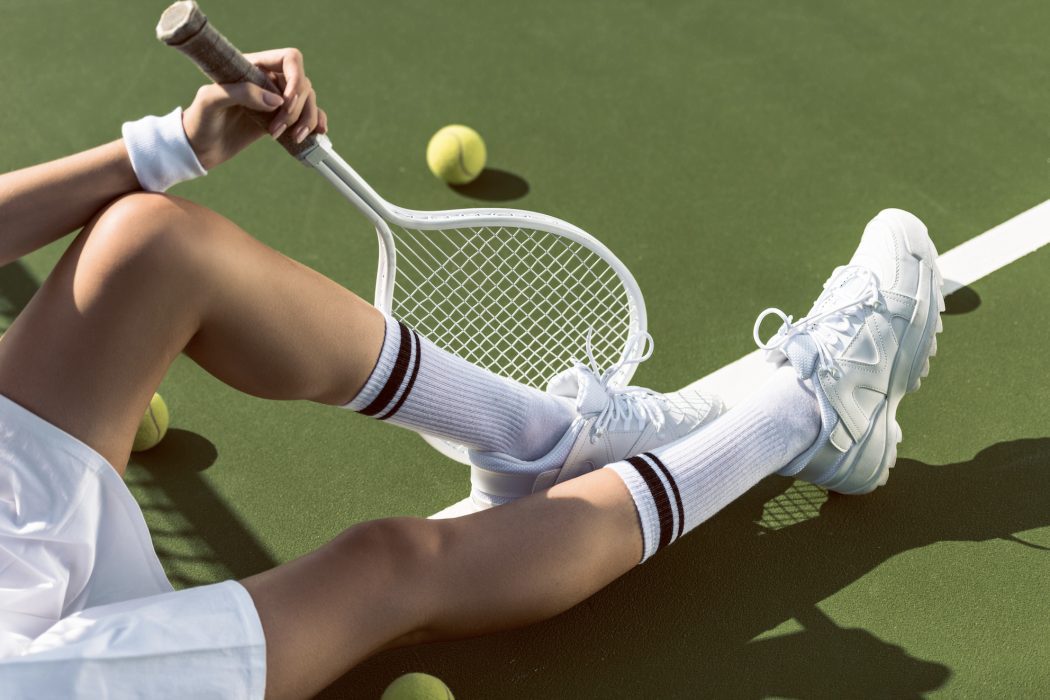Last update on: 2:12 pm November 13, 2023 by fashionabc
With the global activewear market projected to reach almost $440 billion by 2026, fashion brands are increasingly diversifying into athletic apparel and accessories. Additionally luxury brands are becoming big players in the sports sponsorship arena and emptying professional sportspersons as influencers in order to reach out to a different demographic of potential consumers.

Adidas X Gucci
Luxury fashion brand Prada recently collaborated with the Chinese women’s soccer team for FIFA Women’s World Cup and soccer-inspired lifestyle brand Able Made partnered with luxury fashion house Burberry to introduce a soccer apparel collection using upcycled fabrics. Meanwhile, luxury conglomerate LVMH announced that it was sponsoring next year’s Olympic Games in Paris.
It appears from these recent trends that luxury brands are getting a big slice of the sports apparel and accessories pie. The crossover isn’t entirely new. Ralph Lauren, Lacoste and Fred Perry all have athletic roots. Jil Sander partnered with Puma in 1998. Chanel released a collection in 2010 with everything from golf clubs to surfboards.
“There’s a real market for luxury brands to develop performance-driven higher-priced items,” Julie Gilhart, President of Tomorrow Consulting, told WWD. “What’s on the forefront is those luxury brands applying their luxury with the technology of a Nike or a Lululemon.”
Collaborations are key. When one thinks of sports and fashion, their mind might immediately go to heavy hitters like Adidas, Nike, and Reebok. Adidas X Gucci was first unveiled during Gucci’s fashion show in Milan, in September 2021. The collection was then made available to shoppers on June 7, 2022. For Gucci this collaboration is a means to appeal to a wider audience and to drive newness. The Jacquemus x Nike collaboration dropped on June 28 and was sold out almost immediately. It is the perfect mix between Jacquemus style and Nike’s performance. Another interesting collaboration exists between Spanish luxury brand Loewe and Swiss performance brand ON. While the Spanish luxury label Loewe was founded as early as 1846, ON has only been conquering the market with its running shoes since 2010. This combination of technology and tradition makes the alliance of the two brands unique and successful.

Jacquemus x Nike
Luxury fashion houses such as Burberry and LVMH benefit immensely from partnering with world-class athletes like David Beckham. Athletes possess a global following and a strong presence on various platforms, enabling luxury brands to reach a broader and diverse audience. The association with renowned athletes elevates the brand’s image, instilling a sense of prestige and desirability among consumers. Other notable associations include Fendi dressing Olympic medalist Allyson Felix at Met Gala and footballer Marcus Rashford partnering with Burberry for his charity. When star athletes, like Tom Daley for example, lend their huge fanbase to brands they inflate their personal brand image and that opens the door to profitable contracts with different companies. And with the financial gains for both parties involved, they will likely continue to develop the idea of what an athlete endorsement looks like in exciting new ways.
It is also believed that top traditional sportswear brands should already be recognized as leaders in high-end categories. Nike revenue fell 4 per cent to $37.4 billion during its fiscal 2020, but digital sales increased 47 per cent. In December, Lululemon reported third-quarter sales of $1.1 billion, up 22 per cent year-over-year.
“If you think about the tenets of luxury — like high-quality craftsmanship, timelessness — many performance brands fit into that,” Sarah Willersdorf, global head of luxury at Boston Consulting Group, told Vogue. “For younger consumers, in particular, Nike is as much a luxury brand as many of the true luxury brands.”
In conclusion, collaborations are mutually beneficial to both luxury and sportswear brands, with products from these collections in high demand from a large diversified market segment.
Jasmeen Dugal is a Senior Writer at Businessabc.net and Editor at fashionabc.org, contributing her insights on fashion, technology, and sustainability. She brings with herself, more than two decades of editorial experience, working for national newspapers and luxury magazines.
Jasmeen Dugal has worked with exchange4media as a senior writer and then with Condenast India as Net Editor where she helmed Vogue India’s official website in terms of design, layout and daily content.
Besides this, she is also an entrepreneur running her own luxury portal www.explosivefashion.in, which highlights the latest in luxury fashion and hospitality.








